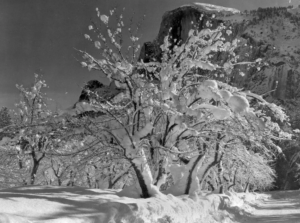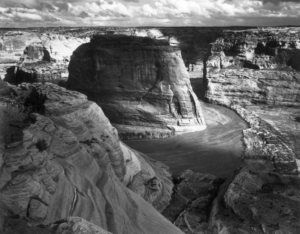Now will not be with us forever

Maurice Van Es was born in 1984 in the Netherlands. He is a visual artist that works with photographs. He graduated from the Royal Academy of Arts in Hague using his graduation project “Now will not be with us forever”. It was a book cassette which contained seven different books. This work was published by Lodret Vandret and was exhibited in New York, Paris and Amsterdam.

In this book he deals with photography’s intrinsic dimension: seizing a moment that will not return. He does this by focusing on his close surrounding environment, his family and what he is familiar with. This would be done through images of his younger brother leaving for school each morning, or his grandfather putting on a pullover and other physical objects like a car or a blanket.
I came across this book in class and it immediately stroke my attention due to the unique layout of the book, or a collection of zines. It was unusual for me but it interested me at the same time.






Van Es captures detailed photos in his work “Textures of Childhood” (2012), zooming in on items from old family photos, such as his parents’ bedsheet and the couch. He adds dates to show when these things were used, giving them a sense of life that objects don’t usually have. The “book” is a set of eight booklets in a case, each with a different coloured cover and paper inside, ranging from shiny to soft. They’re like a beautiful plate of desserts, carefully made to be enjoyable.
The project as a whole is imbued with an exploration of the passage of time. In “New life” (2012–14), van Es captures the evolving dynamics with his younger brother, who, upon reaching sixteen, refuses to be photographed. Van Es responds by documenting his brother’s attempts to evade the camera, resulting in a series of candid images reflecting adolescent frustration. In contrast, “To me you are a work of art” (2011) presents a touching homage to their mother. Described as “Unintentional installations made by my mother,” the booklet departs from the typical format, featuring a pocketed folio containing five posters depicting everyday domestic scenes.
The book “Now will not be with us forever” acts as a big self-portrait, showing what’s important to van Es in his life. While most of the book focuses on his relationships with others, the thickest booklets, “Putting on 2012” (2012) and “The past is a strange place” (2010–present), are all about him. “Putting on 2012” lists every piece of clothing he wore in 2012, while “The past is a strange place” has photos of his daily life. These photos reveal how van Es notices small and interesting things in ordinary life. He uses a bright light in his photos to make the details stand out and sometimes makes things look weird or abstract.


Since it was the layout that captivated me more than the subject of the photographs themselves. not because the photographs were unsuccessful, but instead because the subject of them doesn’t link to what I wish to explore. I wanted to focus in more detail about the layout of them.
What I like the most about his outcomes is the layout, as it is unusual, compared to traditional methods of displaying images, such as a standard photobook. One of the many things about his layout is how he is not afraid to combine various techniques, like how in the compilation of the zines there is a folder containing photographs which unfold to an A3 paper size. To me this layout enhances the message of the collections itself. Through this layout he can mix different photoshoots by putting them in groups, a zine for each photoshoot. Like when he grouped textiles from childhood, into a zine consisting of only zoomed in photographs of different fabrics. When thinking about how I plan to present my final outcomes if I follow Murices’ methods that he used for this book, I will be able to communicate the message of my selected theme the best. as my idea consists of many different approaches to the subject, my outcomes are also going to vary from each other, therefore by grouping them together, zine per photoshoot, I am able to show them in a better way than in a photobook. I also want to experiment with the different ways of the image display, like the foldable images in the folder.













